15 Fun Facts About 15 Animals; In this article, you will find amazing
15 Fun Facts About 15 Animals. Animals are astonishing things; we all are unique and, in some cases, exceptionally strange in our conduct. We are fascinated by everything in nature. Thus, we have assembled a list of all of the unusual and generally fascinating and out and out interesting
15 Fun Facts About 15 Animals we could find.
1. The Fingerprints of the Koala are Indistinct From Humans
The fingerprints of a koala are so indistinct from humans that they have often been puzzled at a crime location. It appears to be that their fingerprints permit them to examine their food before they chow down completely. Police aren't by and largely stressed over koala burglars; however, it is conceivable that koala fingerprints could be found unexpectedly at a crime location and be confused with a human's, making it pretty hard to track down a match.
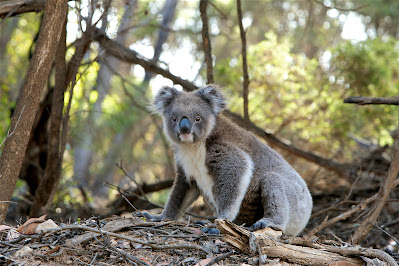 |
| 15 Fun Facts About 15 Animals: Koala |
2. Slugs Have Four Noses
Slugs have four noses, and they're retractable. Two are for seeing and smelling, and they can be worked autonomously: a slug can look at you (or smell you) and a companion all the while. The other two are for touching and tasting.
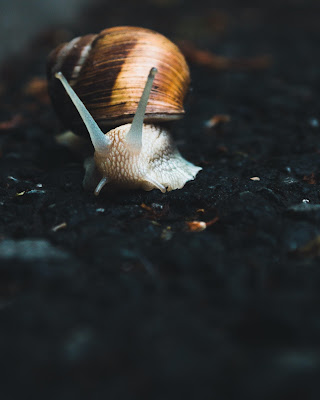 |
15 Fun Facts About 15 Animals: slug
|
3. The heart of a shrimp is situated in its head.
Shrimps
are swimming crustaceans having long
narrow muscular abdomens with long antennae. A shrimp's heart is situated at
the lower part of its head. Shrimps additionally have an open circulatory
system: they have no arteries and their organs float straightforwardly in
blood.
 |
| 15 Fun Facts About 15 Animals: Shrimp |
4. A snail can sleep for three years.
Snails need dampness to survive, so if the climate isn't collaborating, they can sleep as long as three years. It has been accounted for that relying upon geography; snails can move into hibernation (which happens in the colder time of year), or aestivation (otherwise called 'summer rest'), assisting with getting away from warm environments. 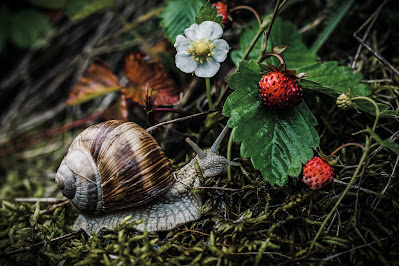 |
| 15 Fun Facts About 15 Animals: Snail |
5. Elephants are the only animal that can't jump.
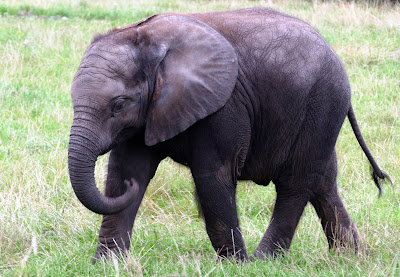 |
| 15 Fun Facts About 15 Animals: Elephant |
Elephants can run 25 miles per hour. However, they stay the main warm-blooded animal on earth that can't jump. So they generally keep one leg on the ground - in any event, even when running.
6. A Rhinoceros horn is made of hair.
Rhino horn is made up basically of keratin - a protein found in hair, fingernails, and animal hooves.
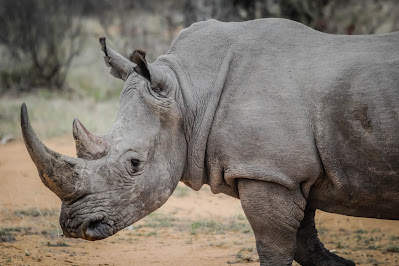 |
| 15 Fun Facts About 15 Animals: Rhinoceros |
7. A Sloth Digests its Food in Two Weeks
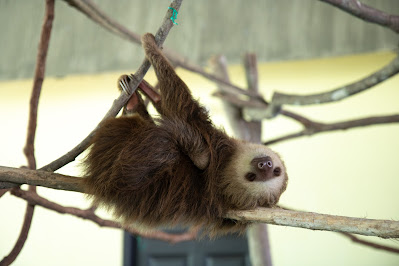 |
| 15 Fun Facts About 15 Animals: A sloth |
However, sloths have fostered a digestive system to deal with these profoundly indigestible leaves. It requires two weeks for a sloth to digest one feast - the slowest assimilation season of any mammal! Sloths are uncommonly adjusted to living among the treetops. Their hide hangs upside down, running from their stomachs to their backs.
8. It is feasible to hypnotize a frog by putting it on its back and delicately stroking its stomach.
Pet the frog's stomach with your other fingertip, utilizing a dull stroking movement from simply under its jaw to the lower part of its belly. The frog will unwind and go into a trance. You can get a decent gander at the frog now.
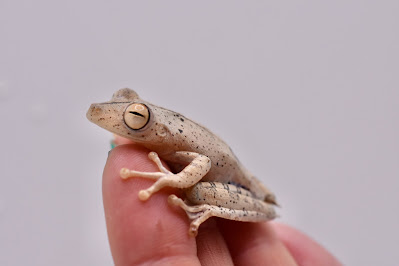 |
| 15 Fun Facts About 15 Animals: Frog |
9. Almost
three percent of the ice in Antarctic glacial masses is penguin urine.
The
Antarctic ice sheet has a volume of 30 million cubic kilometers. So one penguin
(note that birds have a double reason vent) will launch around 100 ml of
crap/pee each day, duplicated by 100 million penguins = 10 million liters of
excreta each day. So thirty million cubic kilometers = 30 million x a million
billion liters.
 |
| 15 Fun Facts About 15 Animals: Penguins |
10. A
cow gives almost 200,000 glasses of milk in a lifetime.
The
cows need to drink lots of water so they can make milk. Cows drink 25 to 50
gallons of water a day. That is nearly a bathtub full!
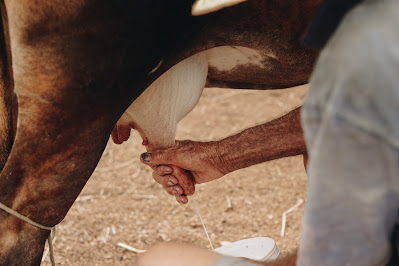 |
| 15 Fun Facts About 15 Animals: Cow milk |
11. Kangaroos can't fart.
Kangaroos don't fart. These creatures were once the mystery of the animals of the world collectively - - remembered to deliver low-methane, harmless to the ecosystem honks. However, during the 1970s and 1980s, research proposed kangaroos don't create a significant part of the gas because of low-methane-delivering microbes called "Archaea" living in their guts.
 |
| 15 Fun Facts About 15 Animals: Kangaroos can't fart |
12. Giraffes have no vocal cords.
Giraffes truly do have a larynx (voice box); however, maybe they couldn't deliver adequate wind current through their 13-foot long (4 meters) windpipe to vibrate their vocal overlap and make clamors. The specialists speculated that nobody heard giraffe correspondence because the sound recurrence was excessively low so that people might listen to it.
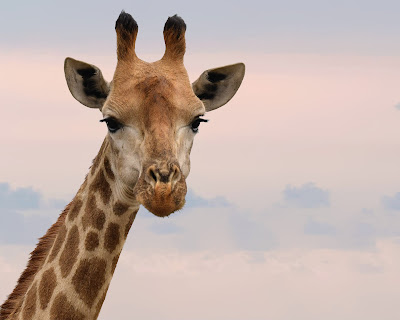 |
| 15 Fun Facts About 15 Animals: Giraffes have no vocal cords |
13. An ostrich's eye is bigger than its brain.
Ostrich
is the biggest bird on the planet, having the biggest eyes in the entire set of
animals significantly greater than its mind. The ostrich needs huge eyes to
adjust to its earthbound way of life. Therefore, locating any risk doesn't hide
its head in the sand as is prevalently accepted.
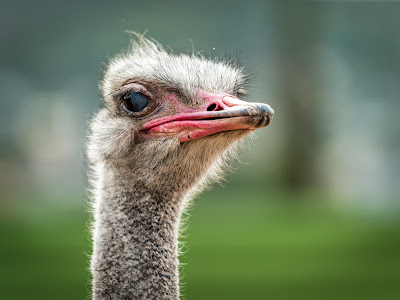 |
| 15 Fun Facts About 15 Animals: Ostrich |
14. Frogs can't vomit. On the off chance that one needs to, it will vomit its whole stomach.
Assuming that a frog eats something harmful, it can't vomit its stomach substance. Instead, the frog throws up its entire stomach. It is called full gastric eversion, and it's similar to unloading out your pockets. A clean animal, the frog wipes its belly hanging out of its mouth with its front feet to eliminate any toxic bits. Then, at that point, it packs the entire thing back into its body, where it will probably remain until the following poisonous goody is eaten.
15. Around 50% of orangutans have broken bones due to dropping out of trees consistently.
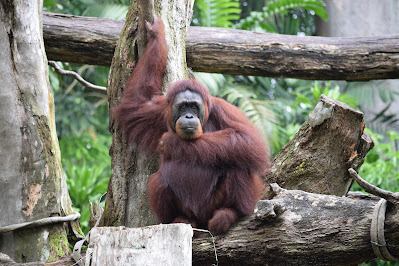 |
| 15 Fun Facts About 15 Animals: Orangutans |
Orangutans' arms are appropriate to their way of life since they invest quite a bit of their energy (about 90%) in the trees of their equatorial jungle home. They even rest up high in homes of leafy branches. They utilize huge leaves as umbrellas and shelters to shield themselves from the normal downpours.
If you liked this information, let me know about it in the comments. Thank you!
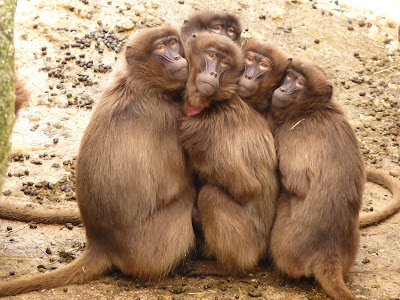





















If you have any doubt, let me know.